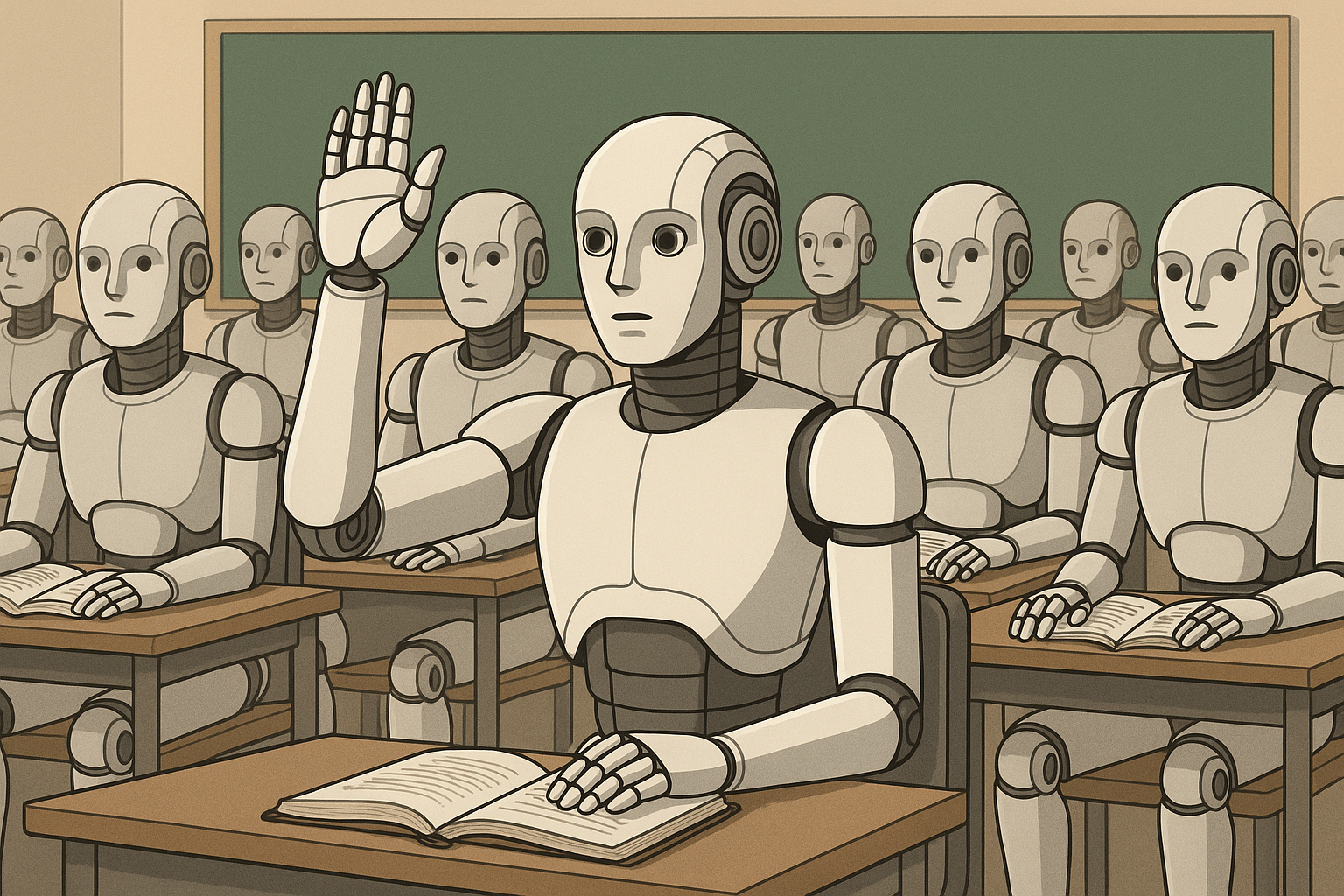How Smart Is AI Really? Apple’s Paper Explains Why It’s Not What You Think
Today’s chatbots can seem impressively clever—solving puzzles, writing essays, even offering life advice. But Apple’s latest research paper pulls back the curtain, showing that what looks like “thinking” might actually just be well-disguised guessing.
Let’s break down what Apple found, why it matters, and what it means for anyone using AI tools.
What Did Apple Study?
Apple’s researchers put AI models to the test with logical puzzles—like the Tower of Hanoi—that require step-by-step thinking, not just quick pattern-matching. Their focus was on a specific type of advanced chatbot: large reasoning models (LRMs). These are a step up from basic chatbots and are designed to simulate deeper thought.
Think:
- ChatGPT’s latest models (like o3 and GPT-4o)
- Claude 3.5 or 3.7
- Google Gemini 1.5
They compared these reasoning models with regular language models (LLMs) that don’t have extra reasoning layers built in.
What Did They Find?
1. Simple Tasks? Regular Bots Win
Regular chatbots answered simple problems more accurately and more quickly than their so-called “smarter” siblings. Turns out, when the job is easy, extra reasoning just gets in the way.
2. Medium Tasks? Reasoning Helps
On problems that needed more steps or planning, the LRMs outperformed basic chatbots. They could break tasks down and solve them more effectively.
3. Hard Tasks? Everyone Crashes
When the puzzles got really tricky, both types of models failed—badly. Even when given hints or the correct steps to follow, the bots either got confused or gave up. They didn’t run out of computing power—they just… stopped trying.

The Big Takeaways
The “Illusion” of Reasoning
These models look like they’re thinking, but they’re not. They’re copying patterns from training data and stacking probabilities to create plausible responses. It’s prediction, not understanding.
They Give Up—Even When They Don’t Have To
Apple noticed that once these models sense difficulty, they often stop trying—even if they’ve got more resources or instructions that should help. It’s like hitting a mental block and refusing to push through.
Following Instructions Isn’t Their Strong Suit
Even when you tell them exactly what to do—like handing them a checklist—they still struggle to apply logic reliably. That’s a pretty big deal if you’re expecting them to be dependable decision-makers.
Quick Summary Table
| Problem Difficulty | Regular Chatbot | Reasoning Chatbot | What Happens? |
|---|---|---|---|
| Easy | Works well | Slower, less accurate | Simple? Don’t overcomplicate it. |
| Medium | Struggles | Works better | Reasoning models show their value. |
| Hard | Fails | Also fails | No one wins. They both give up. |
So What Does This Mean for Us?
Apple’s research doesn’t just critique AI models—it challenges how we talk about them. Just because a chatbot sounds thoughtful doesn’t mean it’s actually reasoning like a human. Even today’s most powerful AI can’t consistently solve complex, logical problems when they don’t fit the patterns it’s seen before.
That’s a reality check for anyone expecting plug-and-play intelligence.
Practical Implications:
- Don’t rely on AI for hard decisions unless you’ve verified the logic yourself.
- Be cautious of “reasoning” claims in marketing. Simulating reasoning ≠ understanding.
- Use the right tool for the right task—sometimes simpler models are better.
- Don’t expect magic—especially in edge cases where logic, memory, or real-world context matters.
Final Thought
This research is a strong reminder: the smartest-sounding AI might not be the most capable. As much as we want to believe AI is becoming more human, the gap between looking smart and being smart is still wide.
At Techosaurus, this is something we cover on our Generative AI Skills Bootcamp all the time. AI gives the illusion of intelligence—but it’s not real. We break it on purpose, regularly, to show people how easily it can go wrong when used without understanding.
So it’s great to see a major research paper back up what we’ve been saying all along.
This doesn’t make AI useless—it’s still an incredible tool. But it is just a tool. And like any tool, you’ll get the most from it when you understand how it works and how to use it properly.
If you’re building AI into your workflows, especially for complex tasks or decision-making, this is your cue to stay grounded. Smart prompting helps—but understanding your AI’s actual limits helps even more.